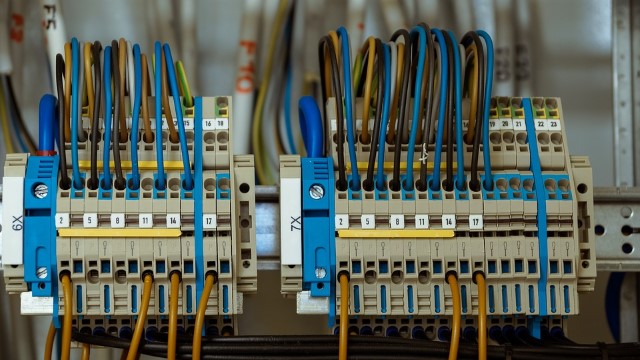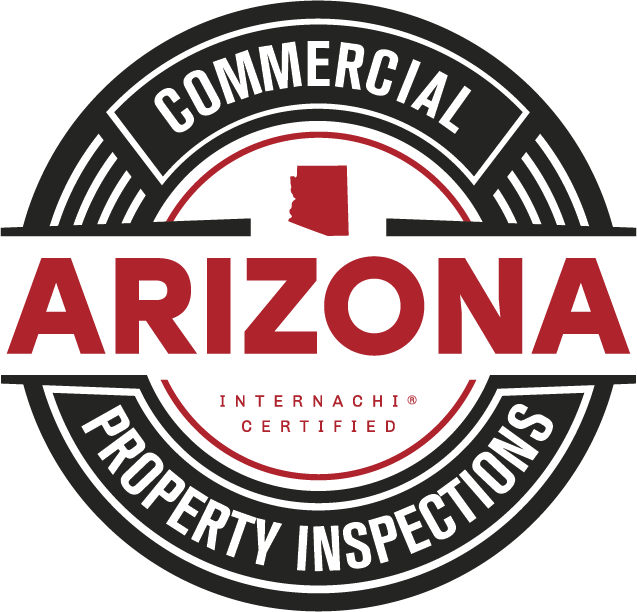Electrical safety is a crucial aspect of owning a property, and one common issue that often goes unnoticed is the presence of electrical hot joints. These hazardous connections can pose serious risks, including fire hazards and electrical failures. Understanding what they are, how to identify them, and how to address them can help ensure your home’s electrical system remains safe and efficient.
What Are Electrical Hot Joints?
An electrical hot joint occurs when a connection between two conductors generates excessive heat due to high resistance. This can happen because of loose connections, corroded wiring, or improper installation. Over time, the heat buildup can degrade the wiring insulation, leading to potential fire hazards.
Signs of a Hot Joint
You should be vigilant in identifying potential hot joints. Some common indicators include:
- Flickering Lights: If lights dim or flicker without any apparent reason, it could be due to a loose or overheating connection.
- Burning Smell: A persistent burning odor near outlets, switches, or breaker panels may indicate excessive heat buildup.
- Warm or Discolored Outlets/Switches: If an outlet or switch feels hot to the touch or has blackened marks, it may be suffering from a hot joint.
- Frequent Tripping of Breakers: Repeated circuit breaker trips can signal an issue with high-resistance connections.
Causes of Electrical Hot Joints
Several factors can contribute to the formation of hot joints, including:
- Loose Wire Connections: Over time, screws in terminals can loosen due to repeated use or vibrations, leading to increased resistance.
- Corrosion and Oxidation: Exposure to moisture can cause metal parts to corrode, increasing electrical resistance and heat generation.
- Improper Wire Sizing: Using wires that are too small for the electrical load can result in overheating.
- Poor Workmanship: Incorrect installation techniques, such as failing to tighten connections properly, can lead to hot joints.
How to Fix and Prevent Hot Joints
Addressing electrical hot joints promptly is essential to prevent further damage or hazards. Here’s what you can do:
- Turn Off Power: Before inspecting any electrical component, switch off power at the main breaker to avoid injury.
- Inspect Outlets and Switches: Check for any loose, discolored, or burned connections. If found, tighten the terminals or replace damaged components.
- Use Proper Wiring and Connectors: Ensure wires are securely fastened using appropriate wire nuts or terminal screws.
- Schedule Regular Electrical Inspections: Have a licensed electrician perform periodic inspections to detect and fix potential issues early.
- Upgrade Outdated Wiring: If your property has old or aluminum wiring, consider upgrading to modern, safer materials.
Stay Safe and Proactive
Electrical hot joints are a serious safety concern, but with proper knowledge and action, you can mitigate the risks. Regular maintenance, awareness, and professional assistance can go a long way in ensuring a safe and efficient electrical system in your property. If you suspect a hot joint issue, don’t hesitate to seek help from a qualified electrician.
By staying proactive, you can protect your investment, your employees, and your electrical system from potential dangers.

